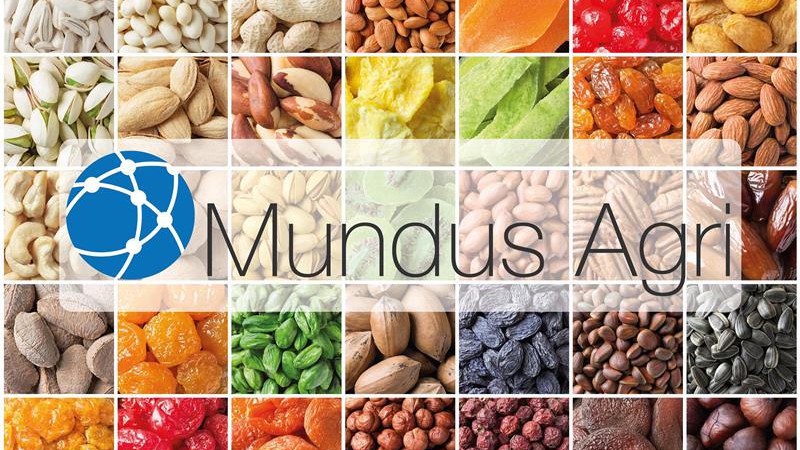Pistachios: exceptional quality but high costs
November 30, 2021 at 10:23 AM ,
Der AUDITOR

Traders are put off
Khorasan Razavi is the second largest producing province in Iran after Kerman Province and accounts for 23% of the country’s production. Local agricultural organisations state that pistachios are currently cultivated on 116,000 ha, of which 77,500 ha are fertile. Severe cold in autumn and winter along with heat and little rain in spring and summer as well as severe storms, however, reduced yields to 920 kg/ha. Dried pistachio production only ranges at 72,000 mt. The area under cultivation grows by 5,000 ha to 8,000 ha every year.
The eastern parts of the province mainly account for production and are centred in Mahvelat, Bardaskan and Koshab counties as well as in Taybad and Torbat-e Jam counties. These counties produce a large variety of pistachios including white Badami, Ahmad Aghaei and Fandoghi and Kale Ghuchi pistachios. Growers have been highly effective in arranging the trees in such a way that diseases and pests are reduced. The organic pistachios produced here fetch the high prices of USD 15/kg in the international market, conventional pistachios sell for USD 10/kg.
Droughts have, however, adversely impacted production in recent years and production costs are high. Water shortage is the biggest problem. Salinity also causes tree branches to dry and reduces production. Growers have recently been highly innovative in combating water shortages by, for instance, using subsurface irrigation, which cuts back water consumption. They do, however, also mainly resort to traditional means for harvesting and producing pistachios rather than employing modern and more effective technology, which drives up costs. Exporters also only ship as little as 5% of production overseas from Khorasan Razavi directly, the rest is exported from Kerman. This is simply because there are no active local traders. Issue is that sanctions, banking problems and complicated currency transfers have put many off.
Demand drives up prices
A rise in export and domestic demand has driven up the market. The preparations for Yalda night, which is celebrated on 21 December and at which nuts and dried fruit are consumed, has boosted domestic demand. The prices for Kale Ghuchi pistachios most notably range EUR 0.20/kg higher than in mid-November and Akbari pistachios, size 20-22, are trading EUR 0.21/kg higher. Prices in Europe currently range at EUR 14.30/kg EXW Poland for whole shelled kernels from Iran and at 12.58/kg EXW Poland for shelled kernel halves.
|
Pistachios, Iran |
|
|
Inshell, NO |
EUR/kg* |
|
Ahmad Aghaei, 24-26 |
9.28 |
|
Ahmad Aghaei, 26-28 |
8.92 |
|
Akbari, 20-22 |
9.81 |
|
Akbari 22-24 |
9.36 |
|
Kale Ghuchi, 22-24 |
8.59 |
|
Kale Ghuchi 24-26 |
8.39 |
|
Fandoghi, 30-32 |
8.11 |
|
Fandoghi 32-34 |
7.91 |
|
FOB Iran |
|
*Please note that these reference prices apply to an order volume of 1 mt. Prices may range lower for higher volumes.
View more
- price charts, pistachios, Iran
- more price charts





